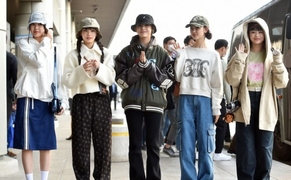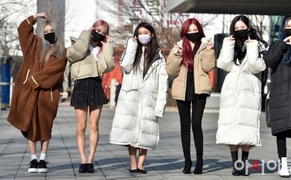 |
| Stock image. / Source: Getty Images Bank |
The number of newborns in Korea surged through July this year, but data show a widening gap between the capital region and the rest of the country.
According to Statistics Korea’s KOSIS portal and July population figures released on September 25, a total of 147,804 babies were born nationwide between January and July, up 7.2 percent from the same period last year. This marks the steepest rise since recordkeeping began in 1981.
Most regions saw increases in births, though the pace varied widely. The Seoul metropolitan area outperformed the national average, recording near double-digit growth. Births rose 9.7 percent in Seoul, 11.9 percent in Incheon, and 7.8 percent in Gyeonggi Province.
In contrast, most provincial regions fell short of the national average. Ulsan, Gwangju and South Jeolla posted increases of 5–6 percent, while North Jeolla, South Chungcheong, South Gyeongsang and Daejeon saw gains below 5 percent. Sejong, North Gyeongsang and Jeju recorded only 1–2 percent growth, while Gangwon was the lone region to post a decline, down 0.5 percent. Among non-metropolitan areas, Busan (7.7 percent), Daegu (9.8 percent), and North Chungcheong (9.7 percent) stood out with relatively strong growth.
Analysts attribute the disparity to differences in the distribution of younger populations and the strength of local birth support policies. As of last year, about 55 percent of South Korea’s 13.25 million people aged 20–39 — roughly 7.29 million — resided in the Seoul, Incheon and Gyeonggi region.
Most Read
-
1
-
2
-
3
-
4
-
5
-
6
-
7





















